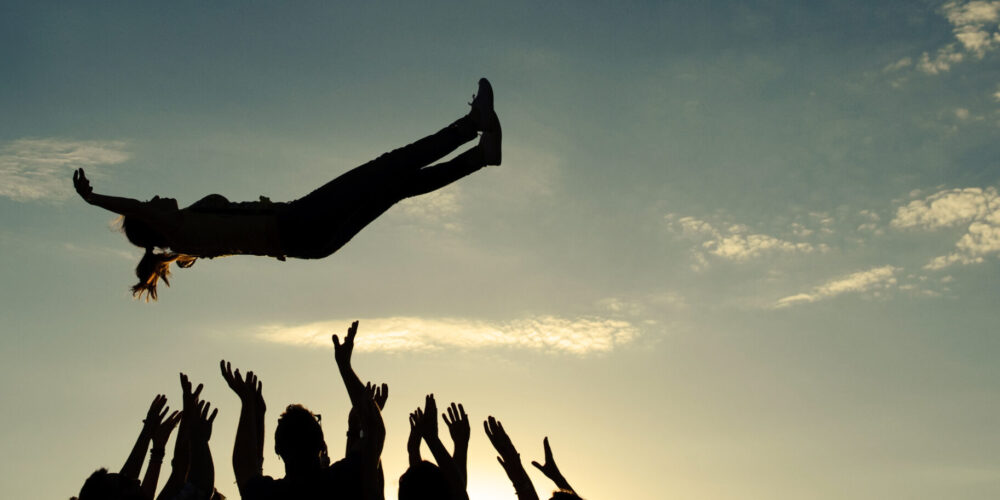
The ‘New Normal’?
Key Observations for the Future of Work
Many people here in Jakarta and all over Indonesia hope that the Covid crisis will be over soon and that everything will get back to normal, like it was before. But is that the best scenario – going back to like it was before? Besides all the negative impact, the pandemic lockdown has shown another, a more positive side: many people and many companies have been able to respond in a very adaptable way in a short amount of time and deal with the changed situation heads-on.
Working from home, or in rotating shifts, meetings by Zoom, juggling personal- and work-life in one space, perhaps dealing with homeschooling kids – ways of working we could not have imagined six months ago, are our daily reality now.
From many (online-) sessions with our clients, leaders and team-members, we have learned a great deal about how they see those changes. And which ones they would want to keep for the time after, the ‘New Normal’. Here are some key learnings and observations:
Empowerment vs. Control
At first many leaders found it very hard to not be physically in contact with their teams in the office or the factory. They feared loss of control and tried to compensate that with tsunamies of online-meetings and control sheets. However – after a while most of them were surprised that things actually worked out well. Their team members showed responsibility, were available when needed, did even more than expected and showed their real strengths.
Great employees want to be empowered and trusted but are not always able to show it when they are too tightly controlled. Leaders have an opportunity to create more space and situations to empower their people. And they need to learn to deal with their own impatience to let that empowerment happen.
Virtual Meetings Quality
If the leaders/meeting-hosts understood the basic groundrules of virtual meetings, the meetings were more structured and effective. Most leaders and team-members even said that the virtual meetings enhanced the quality of the conversations. People were basically forced to listen first and not jump in directly, which also allowed them to think before they spoke. Overall it improved the quality of the meetings and reduced time, the meetings became more effective.
In general, everyone is complaining about too many meetings and they often don’t even know why they are there in the first place. The ‘New Normal’ could look like this: Only key-contributors to the respective meeting agenda come physically. Everyone else who is on a ‘needs to be informed’ basis, should join virtually. This saves time for everyone while the effectiveness of the outcomes is still ensured.
Work-/Life Balance
Combining personal and worklife is possible. Almost every team member we spoke with mentioned that they would prefer to continue having some flexibility after the crisis, for example a once or twice a week WFH day each week. Leaders have a real opportunity to re-create workspaces and ways of working. Every company that wants to attract and retain a young and engaged workforce, has to think how to build the workplace around their needs. The future of work is less and less about physical presence in the office but being able to provide flexible solutions for both – the employees and companies.
Michael Weichert, Asian Leadership Centre, ©️ 2020 mweichert@asian-leadership.com



